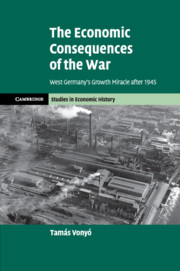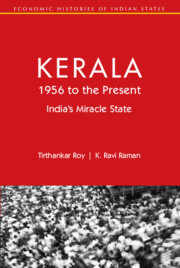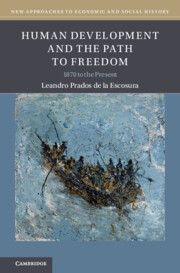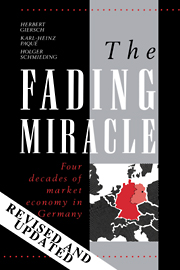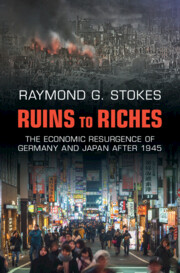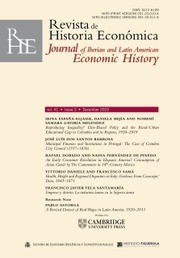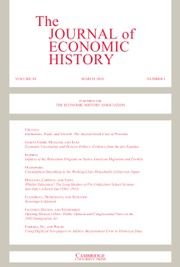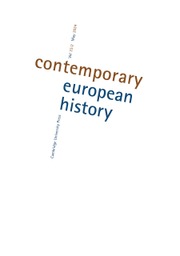The Economic Consequences of the War
The 'German Question' dominated much of modern European history. In 1945, Germany was defeated and conquered. Yet, the Second World War did not destroy the foundations of her economic power. Dr Tamás Vonyó revisits Germany's remarkable post-war revival, tracing its roots not to liberal economic reforms and the Marshall Plan, but to the legacies of the war that endowed Germany with an enhanced industrial base and an enlarged labour force. He also shows that Germany's liberal market economy was in reality an economy of regulated markets, controlled prices and extensive state intervention. Using quantitative analysis and drawing on a rich historiography that has remained, in large part, unknown outside of Germany, this book reassesses the role of economic policy and the importance of wartime legacies to explain the German growth miracle after 1945 and the sharply contrasting experiences of East and West Germany.
- Combines vast amounts of research, comprising contemporary economic and statistical analyses and historical studies that are not easily obtainable
- The book's rich quantitative evidence is presented in an accessible form and placed into a broader historical context with the data being of interest to both economists and historians
- Each chapter focuses on a unique aspect of Germany's economic development, making the information easy to navigate
Reviews & endorsements
Advance praise: ‘Tamás Vonyó carries out a major revision of the German Miracle. A detailed quantitative approach supports a nuanced interpretation. Reconstruction was delayed as war, destruction and dislocation was widespread and persistent. The resettlement of displaced population was critical for the recovery and fuelled productivity growth since the late 1950s, preceding the social contract and R&D investment.’ Leandro Prados de la Escosura, Universidad Carlos III de Madrid
Product details
January 2018Adobe eBook Reader
9781108697781
0 pages
27 b/w illus. 26 tables
This ISBN is for an eBook version which is distributed on our behalf by a third party.
Table of Contents
- Introduction
- 1. The audit of defeat: initial conditions
- 2. The economic geography of post-war dislocation
- 3. Growth accounts for West German industry
- 4. Made in Germany: the post-war export boom
- 5. Managing the miracle: economic policy
- Conclusions.

